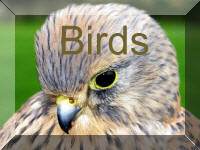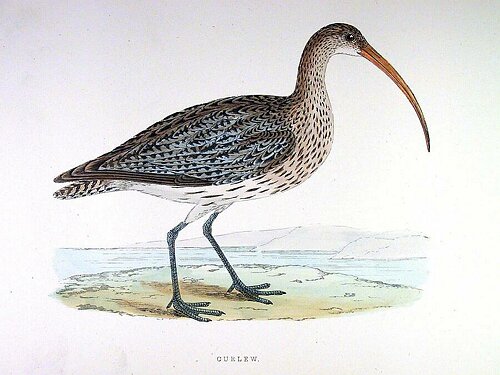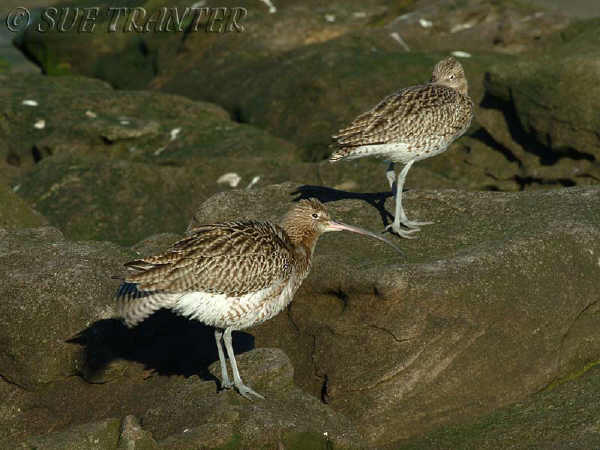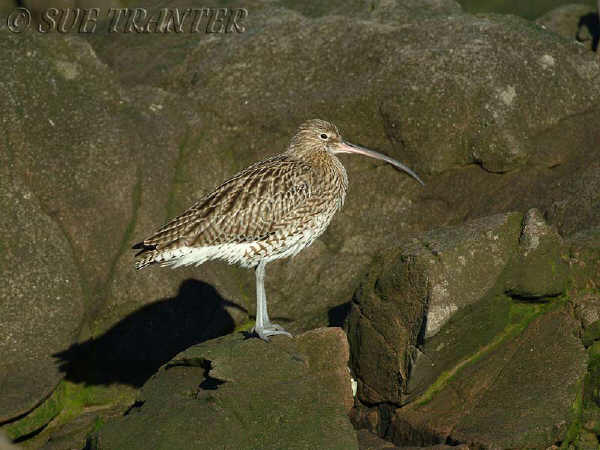Back To


Back To



What does the Curlew look like ?
The curlew is one of largest European wading birds, easily recognisable on winter estuaries or summer moors with its long down-curved bill, brown upperparts and long legs. Breeding patterns declining due to intensive farming .The species is on the Amber List as a bird with important breeding and wintering populations in the UK.
How Big is it ?
Approx 53 - 58 cm , weighing 600 - 900 g
Where does it live?
Breeding
Damp upland pastures and meadows, and moorlands as well as some lowland agricultural areas of pasture and cereal. Also coastal marshes.
Wintering
Along the coasts, especially on exposed mudflats and sandy areas on estuaries. Moves to saltmarsh and fields nearby at high tide.Passage Similar to wintering habitats.Where to see it
Around the whole UK coastline high numbers at Morecambe Bay, Solway Firth, the Wash, and the Dee, Severn, Humber and Thames estuaries. Good breeding concentrations in the Pennines, N Wales,, the southern uplands and E Highlands of Scotland and the Northern Isles.
What does it eat?
Worms, insects and their larvae , spiders shellfish and shrimps, in autumn also berries
What does it sound like?
A ringing 'cour-li' call; a bubbling, trilling song
When Does the Curlew Breed ?
April to July, 4 eggs , incubation 27 -29 days, young fledge in 5 weeks . Nestimng on low vegeattion.
When to see it
All year round. Look in breeding habitat from April to July. Coastal numbers build up from July and reach a peak in January and February.
Similar species
Whimbrel

